Cooking oils are essential in every kitchen, but not all oils are created equal. Some oils shine when used for high-heat cooking, while others are best reserved for dressings and drizzles. However, some oils can detract from your dish or even pose health risks. Here’s a guide to the best and worst cooking oils for various recipes, so you can cook with confidence.
Contents
- 1 Extra Virgin Olive Oil – Best
- 2 Palm Oil – Worst
- 3 Coconut Oil – Best
- 4 Corn Oil – Worst
- 5 Avocado Oil – Best
- 6 Soybean Oil – Worst
- 7 Grapeseed Oil – Best
- 8 Vegetable Oil – Worst
- 9 Peanut Oil – Best
- 10 Margarine – Worst
- 11 Sunflower Oil – Best
- 12 Butter – Best (In Moderation)
- 13 Sesame Oil – Best
- 14 Flaxseed Oil – Best
- 15 Walnut Oil – Best
- 16 Canola Oil – Best
- 17 Rice Bran Oil – Best
- 18 More From RetailShout
- 19 13 Exciting New Trader Joe’s Products to Pick Up in November
- 20 Aldi`s 15 Best Frozen Desserts You Need in Your Freezer
Extra Virgin Olive Oil – Best
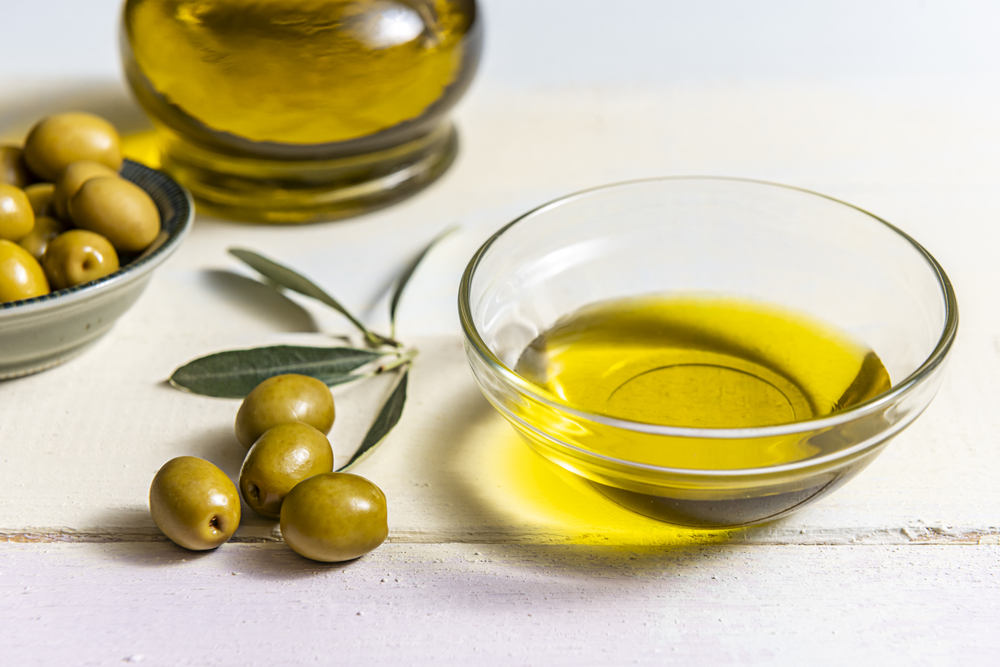
Extra virgin olive oil is a staple in Mediterranean cuisine, known for its rich flavor and health benefits. It’s perfect for low to medium-heat cooking and is especially ideal for drizzling over salads, vegetables, and pasta dishes. Packed with antioxidants and healthy monounsaturated fats, it supports heart health and reduces inflammation. However, it has a low smoke point, making it less suitable for high-heat frying.
Palm Oil – Worst
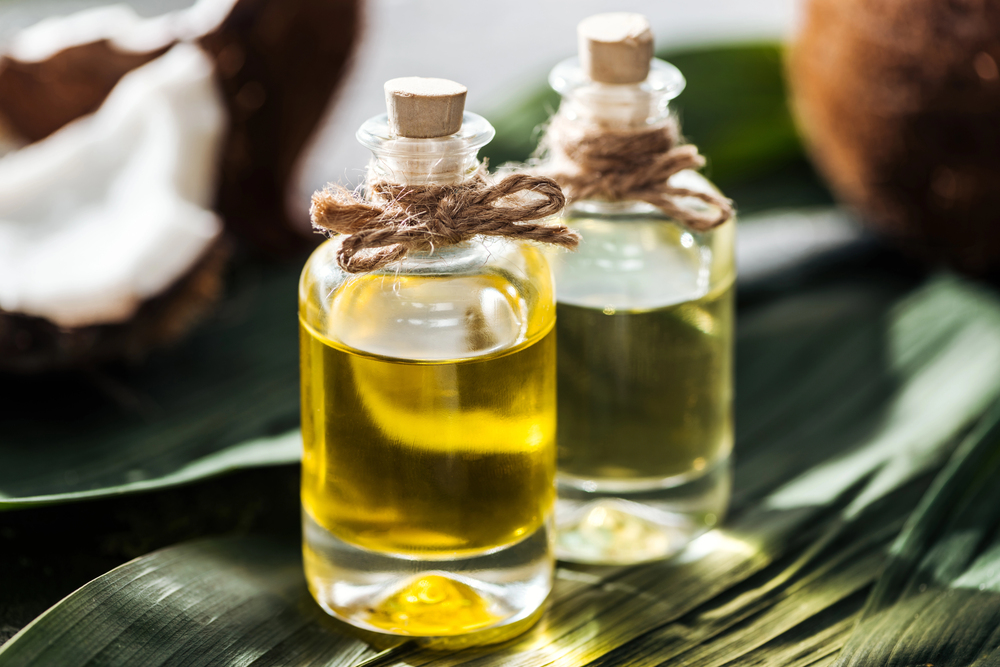
Palm oil is often criticized for its high saturated fat content, which can contribute to heart disease if consumed in excess. It’s commonly found in processed foods and has a strong, distinct flavor that doesn’t suit all dishes. The environmental impact of palm oil production is also a major concern, leading to deforestation and habitat loss. For these reasons, it’s best to limit or avoid its use in cooking.
Coconut Oil – Best
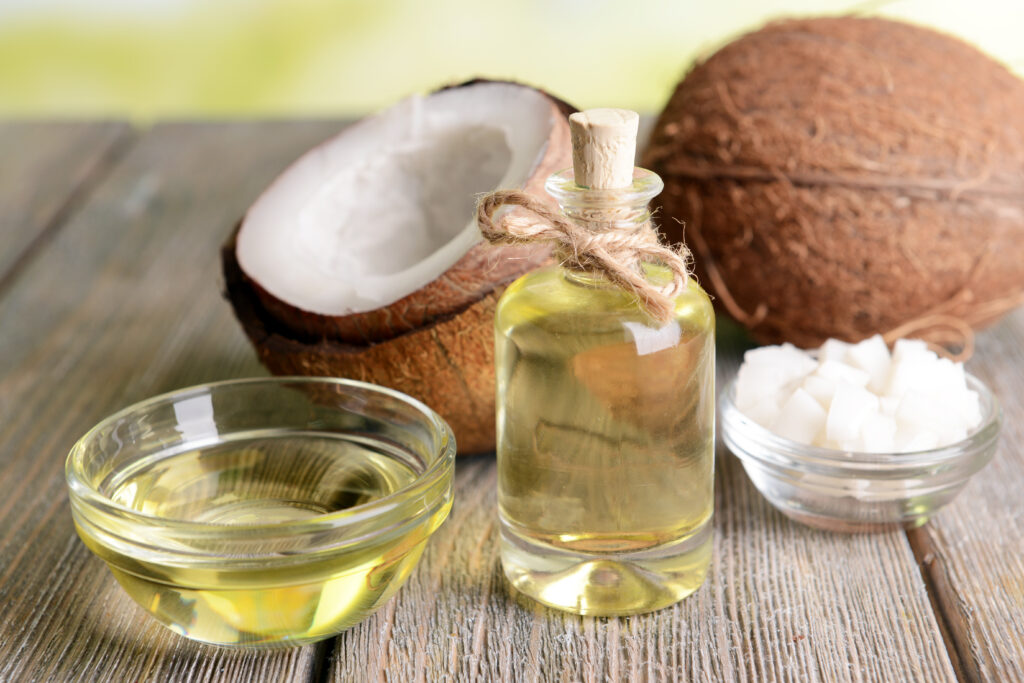
Coconut oil has gained popularity for its versatile use in cooking and baking. Its high smoke point makes it a great choice for sautéing, frying, and even baking, providing a subtle tropical flavor to dishes. Rich in medium-chain triglycerides (MCTs), it’s known to boost energy and support weight loss. However, it is high in saturated fats, so moderation is key.
Corn Oil – Worst
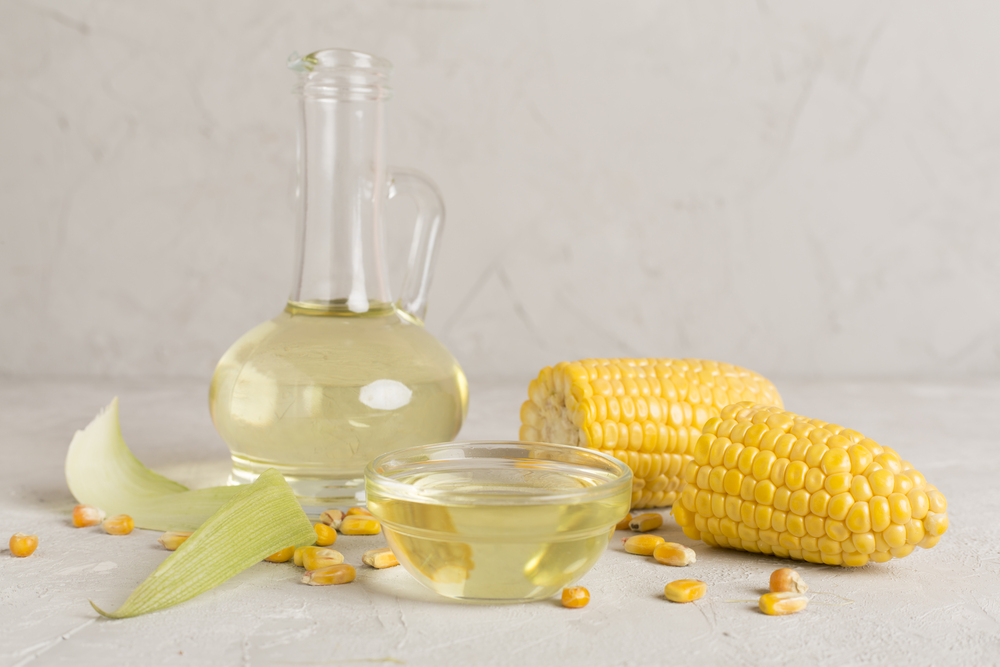
Corn oil is widely used in processed foods and fast food, but it’s not the best choice for home cooking. It’s high in omega-6 fatty acids, which can promote inflammation when consumed in excess. Additionally, most corn oil on the market is derived from genetically modified crops. Its high smoke point makes it useful for frying, but healthier alternatives are available.
Avocado Oil – Best
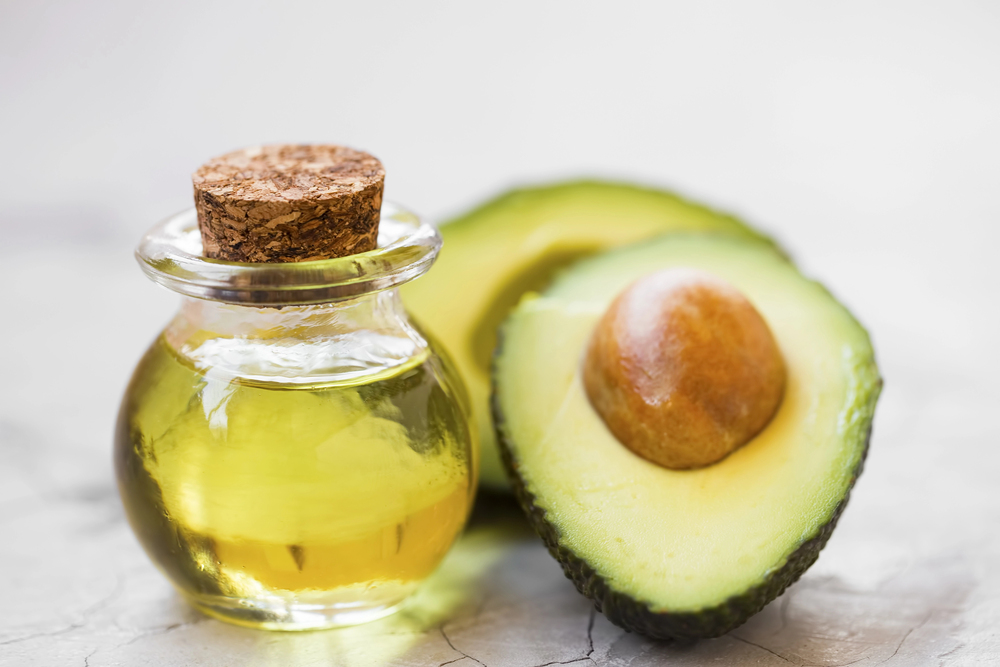
Avocado oil is prized for its high smoke point, making it perfect for grilling, roasting, and frying. It’s also a fantastic choice for dressings and marinades due to its mild, buttery flavor. Rich in monounsaturated fats, avocado oil supports heart health and offers anti-inflammatory benefits. Its high vitamin E content also contributes to skin health.
Soybean Oil – Worst

Soybean oil is another commonly used oil in processed foods and fast food restaurants. It’s high in polyunsaturated fats, particularly omega-6 fatty acids, which can contribute to inflammation if not balanced with omega-3s. Most soybean oil is also made from genetically modified soybeans. While it has a high smoke point, making it suitable for frying, there are healthier options available.
Grapeseed Oil – Best

Grapeseed oil is a versatile oil that works well for high-heat cooking, such as stir-frying and grilling. It has a neutral flavor, making it ideal for recipes where you don’t want the oil to overpower other ingredients. Packed with polyunsaturated fats, it’s a healthier alternative to some traditional oils. Additionally, its light texture makes it a good choice for salad dressings and marinades.
Vegetable Oil – Worst

Vegetable oil is a generic term that usually refers to a blend of various refined oils like soybean, corn, or canola. It’s widely used due to its low cost, but its high omega-6 fatty acid content can lead to inflammation. Additionally, the refining process often strips away beneficial nutrients. Vegetable oil’s neutral flavor makes it versatile, but there are far healthier options for cooking.
Peanut Oil – Best
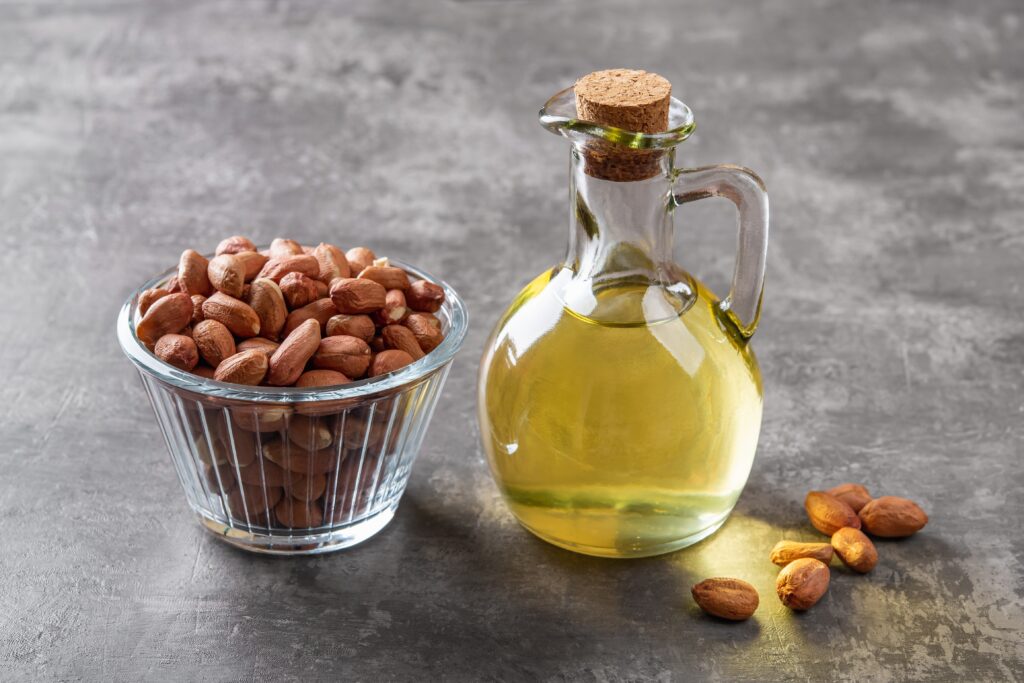
Peanut oil is a favorite for frying due to its high smoke point and neutral flavor. It’s particularly well-suited for making stir-fries and deep-fried dishes like tempura. Peanut oil is rich in monounsaturated fats, which contribute to heart health. However, it’s important to note that it’s not suitable for people with peanut allergies.
Margarine – Worst

Margarine was once hailed as a healthy alternative to butter, but many brands contain trans fats that are detrimental to heart health. It’s made from vegetable oils that have been hydrogenated, a process that creates unhealthy fats. Margarine can also contain artificial flavors and colors, making it a less natural choice. Opting for real butter or olive oil spreads is a better option.
Sunflower Oil – Best
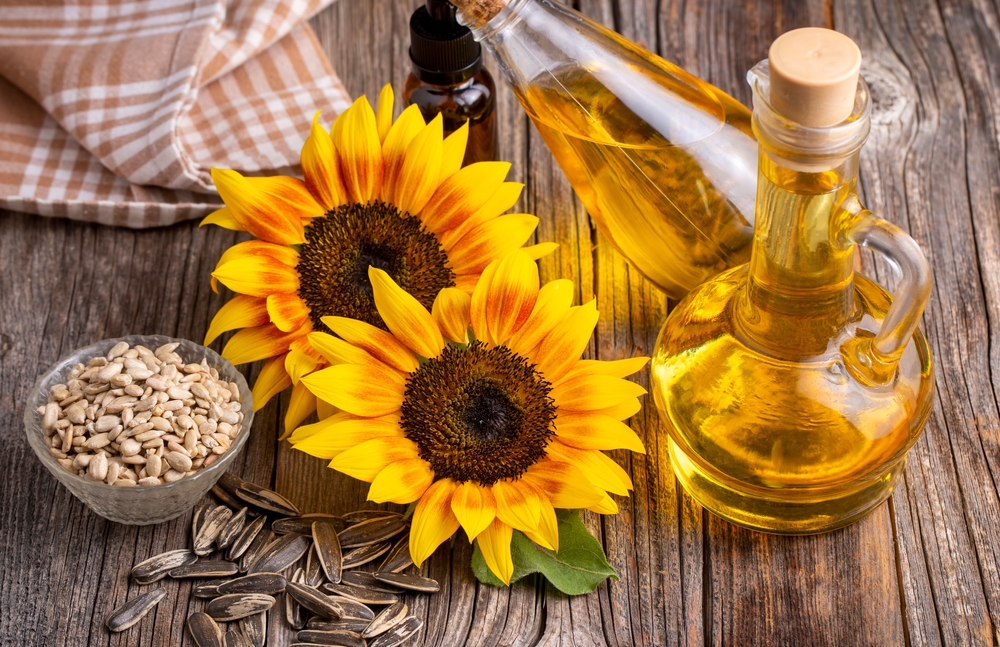
Sunflower oil is often used in baking, sautéing, and frying due to its high smoke point and mild taste. It’s rich in vitamin E, making it beneficial for skin health when consumed as part of a balanced diet. Sunflower oil also contains a good balance of polyunsaturated and monounsaturated fats. However, choosing high-oleic sunflower oil is preferable for a healthier fat profile.
Butter – Best (In Moderation)
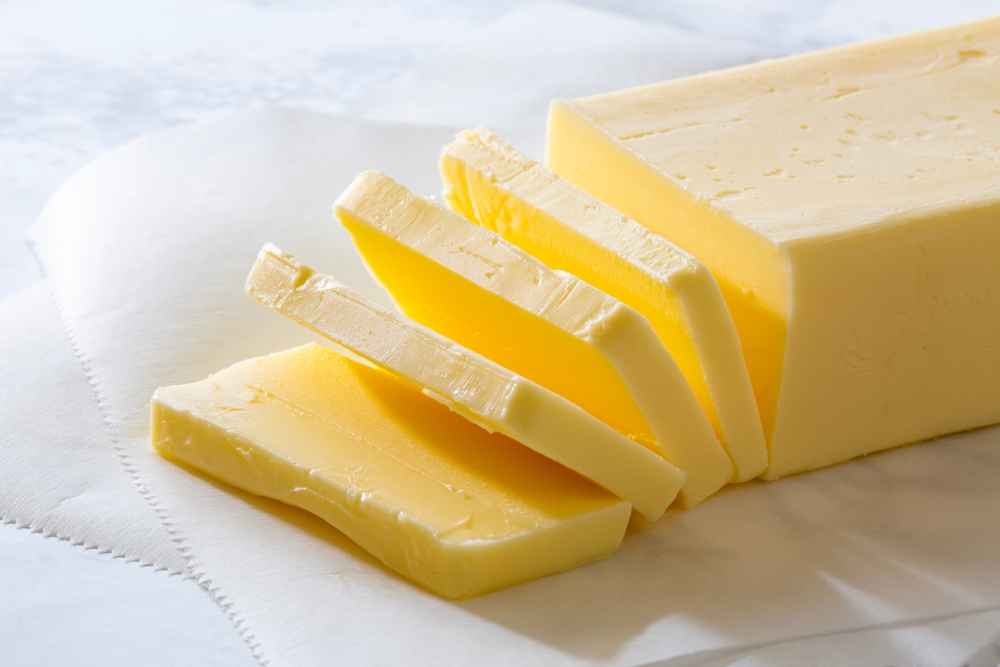
Butter, while high in saturated fat, is a natural fat that adds richness and flavor to dishes. When used in moderation, it can be a good choice for baking, sautéing, and finishing sauces. Butter contains fat-soluble vitamins like A and D, which can be beneficial when included as part of a balanced diet. However, due to its saturated fat content, it’s best to use it sparingly.
Sesame Oil – Best
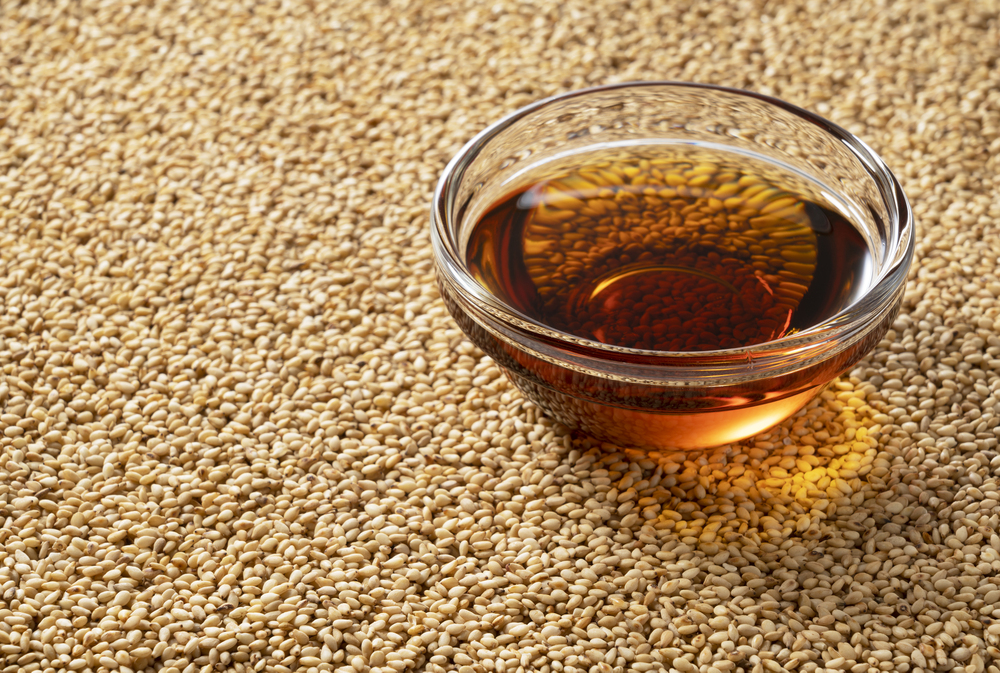
Sesame oil is a flavor powerhouse, especially in Asian cuisine. Toasted sesame oil adds a nutty depth to stir-fries, marinades, and dressings, while regular sesame oil can be used for sautéing and light frying. Rich in antioxidants and anti-inflammatory properties, sesame oil can support heart health and skin wellness. However, its strong flavor means a little goes a long way.
Flaxseed Oil – Best
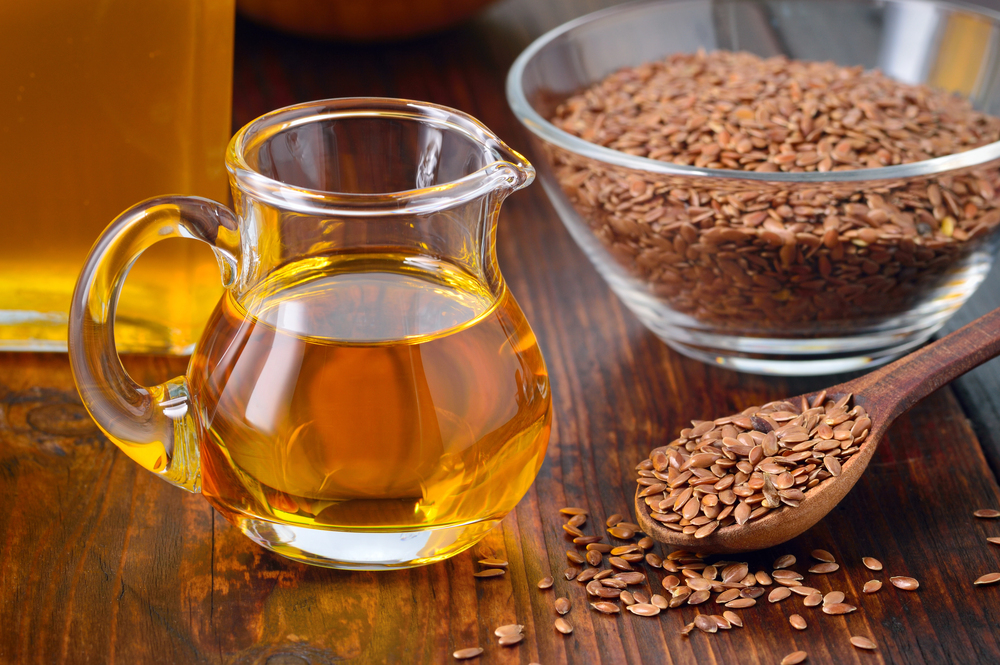
Flaxseed oil is a nutritional powerhouse, rich in omega-3 fatty acids that support heart and brain health. It’s best used in cold dishes like salads, smoothies, and dips due to its low smoke point. This oil also has anti-inflammatory properties, making it beneficial for overall wellness. However, it’s not suitable for cooking as it can easily degrade under heat.
Walnut Oil – Best

Walnut oil is perfect for enhancing the flavor of salads, pastas, and desserts with its rich, nutty taste. It’s high in omega-3 fatty acids, which are essential for heart health and cognitive function. Due to its low smoke point, walnut oil is best used as a finishing oil rather than for cooking. Additionally, it can turn rancid quickly, so it should be stored properly.
Canola Oil – Best

Canola oil is a versatile and budget-friendly option suitable for both high-heat cooking and baking. It has a neutral flavor, making it a good choice for recipes where the oil shouldn’t stand out. Canola oil is low in saturated fats and contains omega-3 fatty acids, supporting heart health. However, opting for non-GMO or organic canola oil is advisable due to concerns about genetically modified crops.
Rice Bran Oil – Best

Rice bran oil is a versatile oil with a high smoke point, making it great for frying and stir-frying. It’s rich in vitamin E and antioxidants, which can support heart health and reduce inflammation. The mild flavor of rice bran oil doesn’t overpower dishes, making it ideal for various cuisines. Its balanced fatty acid profile also makes it a healthier choice for everyday cooking.
This article originally appeared on RetailShout.
More From RetailShout
22 Walmart Black Friday Deals Perfect for Gift Giving

Black Friday is the perfect time to snag amazing deals, especially when it comes to gift shopping. Walmart’s lineup this year is packed with incredible finds that are not just practical but also thoughtful for everyone on your list. Read More.
13 Exciting New Trader Joe’s Products to Pick Up in November
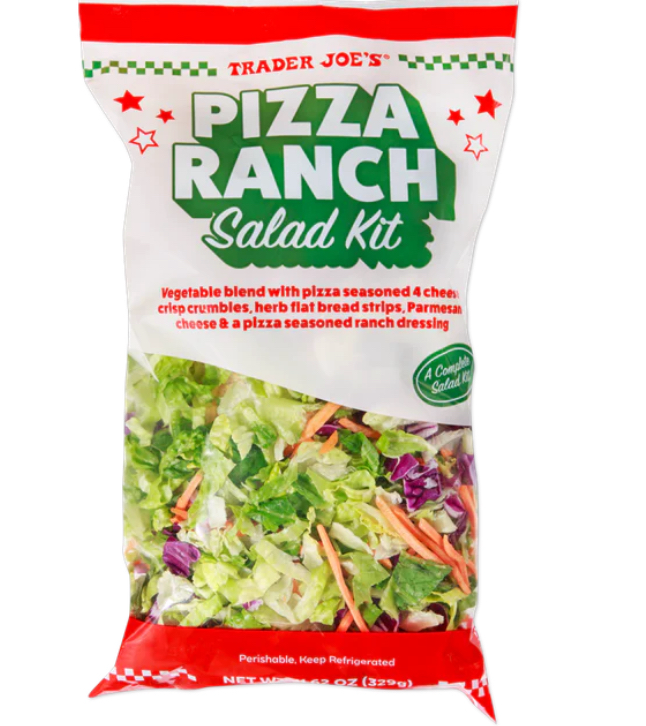
Trader Joe’s never fails to deliver unique, flavorful offerings, and November’s lineup is no exception. This month, the beloved grocery store has introduced a range of mouthwatering products perfect for fall feasting and holiday preparations. With so many exciting new products, Trader Joe’s has once again proven its ability to delight food lovers. Read More.
Aldi`s 15 Best Frozen Desserts You Need in Your Freezer

Aldi is known for offering a great variety of delicious and affordable foods, and their frozen dessert section is no exception. Whether you’re craving something fruity, chocolatey, or creamy, Aldi has plenty of frozen treats that are perfect to keep stocked in your freezer. Read More.






